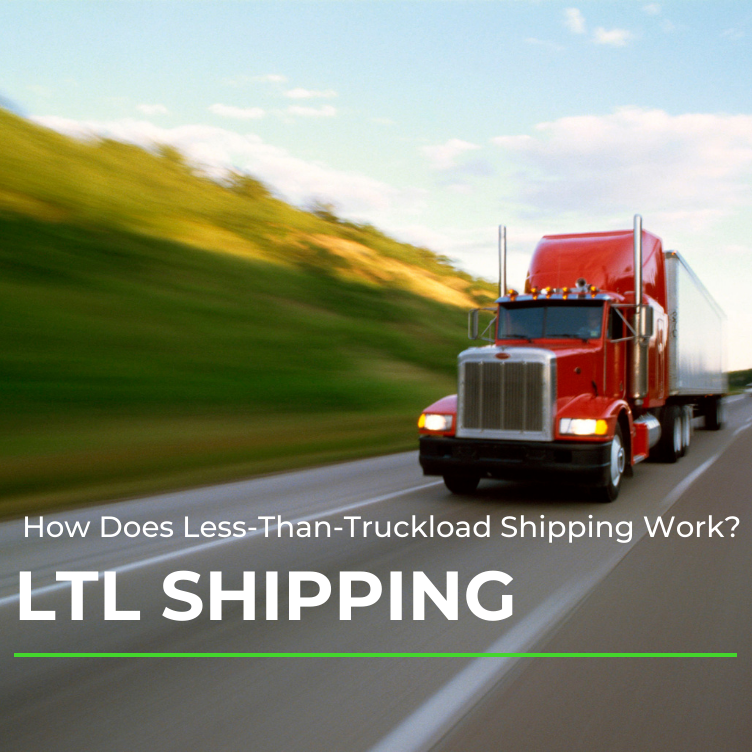Less-Than-Truckload (LTL) shipping is a popular choice for businesses needing to transport freight within the U.S., Canada, or Mexico. This method serves shipments that are larger than small packages but do not require a full trailer. If you're shipping ground domestic, you have three options: small package, LTL, and Truckload (FTL/TL).
Small Package vs. LTL vs. Truckload
Small Package Shipping
Small packages typically weigh under 150 pounds and are shipped through carriers like UPS and FedEx.
Less-Than-Truckload (LTL)
LTL shipping is ideal for pallets of freight or shipments weighing more than 150 pounds. With LTL, you arrange a pickup appointment with a carrier.
Truckload (FTL/TL)
Truckload shipping, also referred to as FTL or TL, involves filling an entire trailer. The driver then drives directly to the delivery destination without any stops.
How LTL Shipping Works
In LTL, a driver usually starts their day at a local terminal with a full trailer of freight from multiple customers. Their goal is to complete all deliveries in the morning. Once empty, they pick up additional freight and return it to the terminal, a process often called a peddle run.
At night, staff strip down all trailers. This leads to what is known as linehaul. The terminal staff separate freight based on destination, such as Pennsylvania or Alabama. After loading a full load of freight, a long-haul driver transports these miscellaneous shipments to various terminals.
At each terminal, the freight is handled, which is why proper packaging is crucial. Poorly packed freight can incur damage during transit. In some cases, the freight may travel by rail to reach the next local terminal, where peddle drivers then deliver it to its final destination.
Key Roles in LTL Shipping
- Peddle Drivers: They handle local pickups and deliveries within their terminal territory.
- Linehaul Drivers: They transport full loads of miscellaneous shipments to LTL breakbulk terminals.
Considerations for LTL Shipping
When shipping via LTL, keep these important factors in mind:
- Cost: Cost is a significant consideration in LTL shipping. Understanding rates, freight classes, and accessorials is crucial. View our whiteboard video on base rates and freight classes to grasp the different cost elements involved in LTL freight.
- Packaging: LTL shipments undergo more handling than truckload shipments and may travel through various transport modes. Understanding your product’s packaging and how it will be handled is vital. If you feel uncertain, reach out to your carriers for best practices.
- Transit Times: While numerous long-haul and regional carriers operate, their transit times and service levels may differ. Always consider the conditions and delivery expectations when evaluating transit times.
Emphasizing Performance Metrics
To optimize your LTL shipping experience, utilize digital tools to measure performance across all transit phases. Focus on service first, then on price. Given the many milestones involved in moving freight, it's essential to track key performance metrics to ensure effective shipping outcomes.



